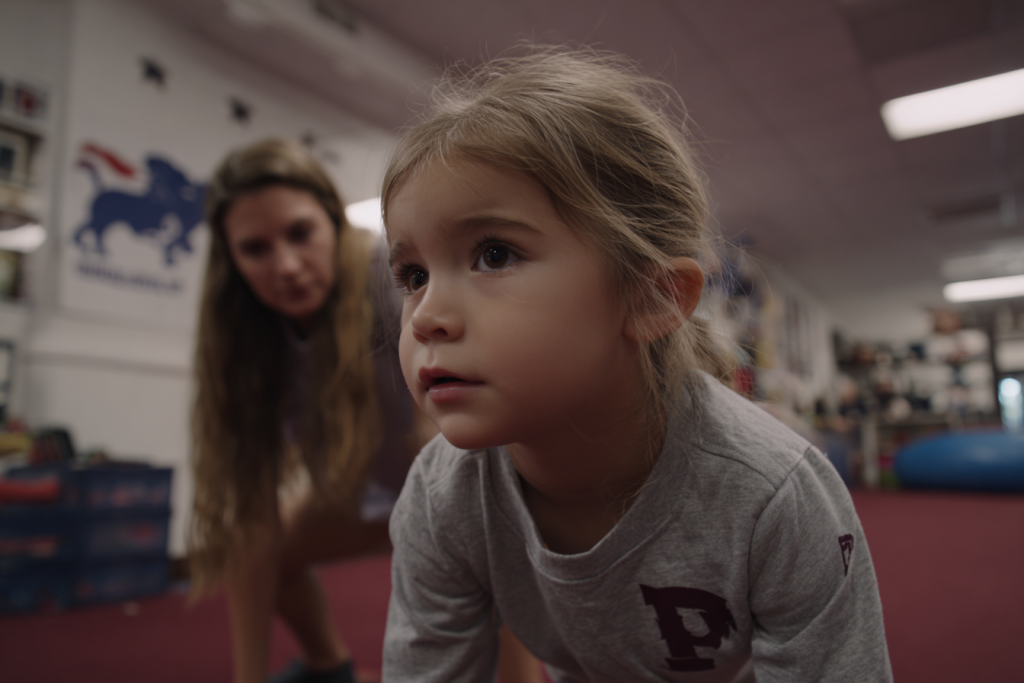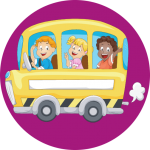As parents, we all want our children to develop strong physical abilities alongside their cognitive and emotional growth. One powerful way to support this development is through gymnastics classes, an activity that combines fun with fundamental skill-building. At Discovery Time Learning Center in Alexandria, VA, we understand the importance of nurturing young children’s motor skills through carefully designed gymnastics programs. But how exactly do these classes help improve motor skills in young children? Let’s dive into the benefits and the unique role gymnastics plays in early childhood development.

Understanding Motor Skills and Their Importance
Motor skills refer to a child’s ability to move and coordinate their body effectively. These skills fall into two major categories:
- Gross Motor Skills: Involve large muscle movements such as running, jumping, climbing, and balancing.
- Fine Motor Skills: Involve smaller muscle movements such as grasping, holding, and hand-eye coordination.
Developing motor skills in early childhood is crucial because they lay the foundation for more complex tasks, including writing, playing sports, and even social interaction. Without strong motor skills, children may face challenges in school readiness and everyday activities.
How Gymnastics Classes Support Motor Skill Development
Gymnastics is a unique form of physical activity that actively enhances both gross and fine motor skills through a variety of exercises and movements.
1. Balance and Coordination
Gymnastics routines require children to maintain balance while performing movements such as walking on a beam or holding a pose. This strengthens their core muscles and improves body awareness, which directly supports gross motor skill development.
2. Strength and Flexibility
Tumbling, stretching, and climbing in gymnastics build muscle strength and flexibility. These physical traits are essential for performing everyday activities safely and effectively, such as climbing stairs or picking up objects.
3. Hand-Eye Coordination
Many gymnastics activities involve catching, throwing, or using equipment, which hones fine motor skills and hand-eye coordination. This skill is vital for tasks like writing and buttoning clothes.
4. Spatial Awareness and Motor Planning
Gymnastics teaches children how to navigate space and plan their movements, which enhances their cognitive ability to sequence tasks and respond to their environment.

Comparative Benefits: Gymnastics vs. Other Activities
While many activities contribute to motor development, gymnastics stands out because it:
- Offers structured skill progression tailored to a child’s developmental stage.
- Combines fun with disciplined practice, encouraging consistent participation.
- Provides a safe and supportive environment where children build confidence through achievable challenges.
- Incorporates social interaction and teamwork, enhancing emotional and social development alongside motor skills.
In comparison, activities like free play or casual sports may not consistently target the diverse motor skills that gymnastics classes do. The deliberate focus on balance, strength, coordination, and flexibility makes gymnastics especially effective for young learners.
Conclusion
Gymnastics classes are more than just fun, they’re a vital tool in enhancing young children’s motor skills, which are foundational to their overall development and future learning success. By improving balance, coordination, strength, and hand-eye coordination, gymnastics helps prepare children for school and everyday life challenges.
If you’re looking for a daycare in Alexandria, VA that prioritizes your child’s growth, Discovery Time Learning Center is here for you. Contact us today to learn more about our full-time, part-time, and drop-in daycare programs and give your child a head start in developing essential motor skills.


